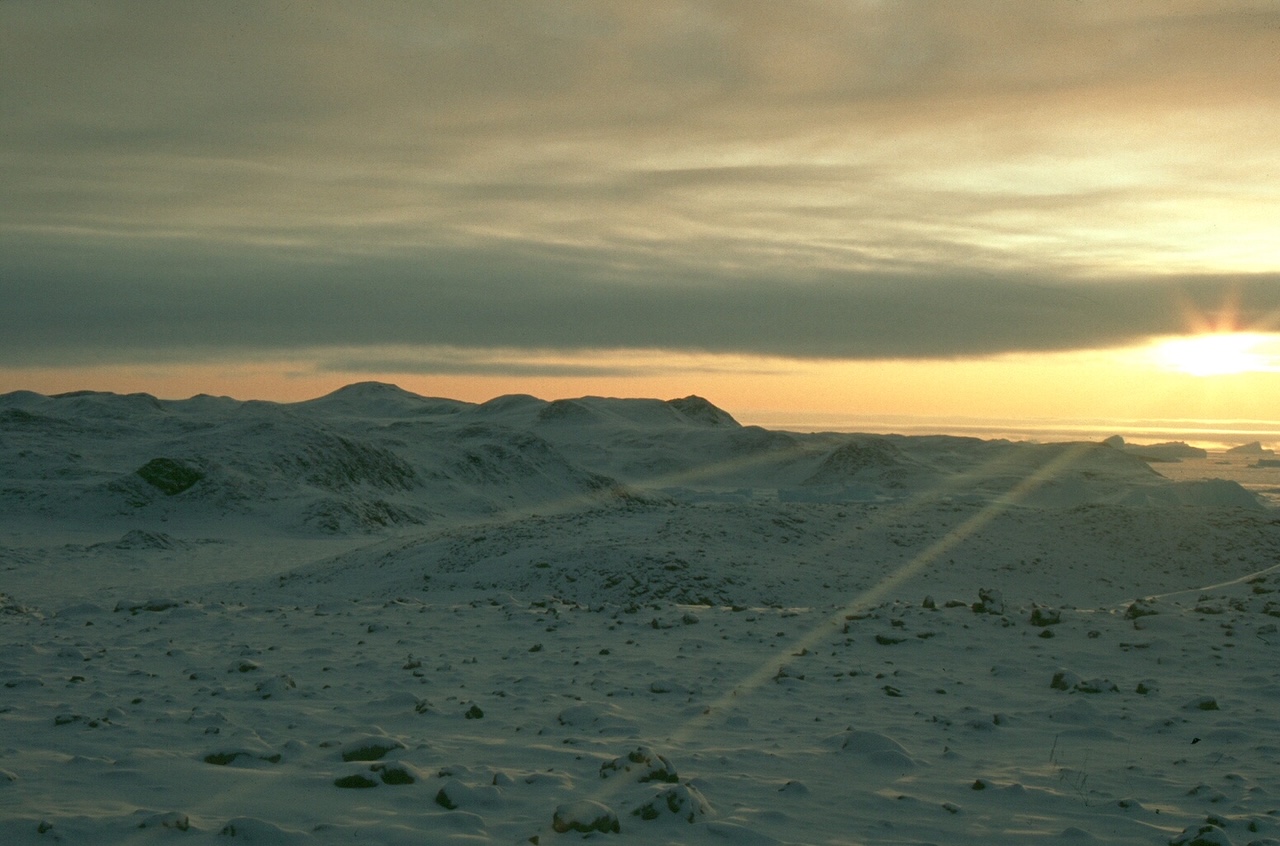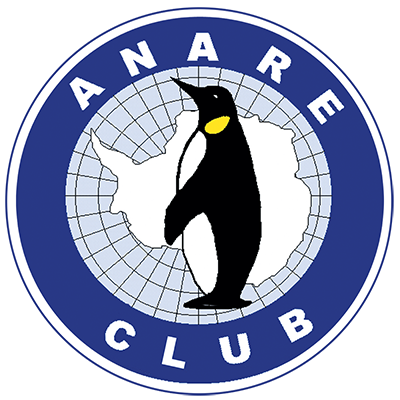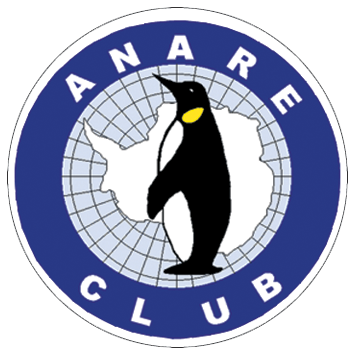Vale Jeff Hunt

| Station | Year | Season |
| Davis | 1992 | Winter |
Vale Jeff Hunt, 1957-2023
(47th ANARE, Davis and Law Base 1992)
Jeff passed away, far too early, in April this year and his winter at Davis and Law Base in 1992 was but one of many achievements in radio, yachting and exploration. Jeff was employed on 47th ANARE as a Radio Systems Specialist and was responsible for the roll-out of a fibre optical cable system at Davis in the 1991/92 summer as well as the maintenence of the extensive communications systems on-base. His extensive yachting experience was used to skipper the station motor launch around the fjords of the Vestfolds in the summer.
I worked with Jeff during the series of winter traverses between Davis and the Larsemann Hills via site on the Plateau in July-August 1992. These traverses, using Hagglunds, were intended to explore the viability of a navigation of marked cane route from 1990/91 Davis expeditions between the Vestfold and Larsemann Hills for all seasons for inter-station mutual support. Another objective was to deploy a triangular array of sensors to directly measure magnetic waves dissipating energy in the upper atmosphere at ~300km altitude near the auroral oval, and to search for their sources in outer space ~60,000km from Earth.
Jeff’s knowledge of radio systems was invaluable, as much of the navigation had to be performed on the cane line behind the glaciers via radar, due to near-constant night and whiteout conditions. Inter-vehicle VHF comms were very important when not in visual contact, and also long-range comms back to Davis. These traverses were performed before common use of GPS, but Jeff also operated an early SATNAV system that gave crucial fixes on key points along the route when the cane line was not very discernible by radar. As temperatures dropped below -400C the Hagglunds were difficult to restart and needed to be run continuously, requiring long stretches of driving under radar navigation. To ensure sufficient separation of the sensors in the array, a site had to be established inland of the cane route and temperatures in the high 40s were experienced at this higher altitude causing more vehicle issues. The ANARE cane route joined a route of markers established by Progress-2 expeditioners across the Dalk glacier into the Larseman Hills, and this route was run under moonlight in late July.
A warm welcome was provided at Zhong Shan station. Law Base was set up for winter operations and the expeditioners at Zhong Shan assisted with transfer of fuel to sleds. Jeff and I remained at Law Base whilst the Plateau team headed back to the inland site for two weeks of data recording. Jeff set up a very efficient long-range short-wave radio antenna, which enabled strong communications with the Plateau team and Davis. It was so efficient, we received news from around the world on short-wave and the system provided timing information, pre-GPS, for the magnetic sensors. The Plateau team had numerous vehicle problems and had to return to Davis for repairs before running the cane route again to the Larsemanns. Jeff and I spent six weeks at Law Base, running the experiment, melting snow for water, rotating food in from the cold porch to thaw, refuelling and maintaining the generator, exploring the hills nearby, visiting Zhong Shan and participating in one of their geology field trips. We marvelled at the endless sunsets cross the sea ice in mid-August, a full moon rising above the Hills, and full-sky aurora from a geomagnetic storm.
Once the Plateau team returned and Law Base was again hibernated until summer, we had a rousing send off by Zhong Shan and set off for the return trip to Davis via the inland site to recover equipment. Unfortunately at the top of the Dalk glacier as we joined the ANARE cane route, the weather deteriorated into strong blizzard conditions requiring non-stop radar navigation. At one stage wind speeds were too strong to measure and the volume of blowing snow was heavy enough to obscure the radar returns from the cane line, so the vehicles were re-grouped via radar and laagered to weather the storm. Six days of near continual driving and radar navigation were
required to recover the inland site and return to the back of the Vestfolds. Jeff took a series of crucial SATNAV measurements that allowed us to find a route down to the sea ice, and then radar navigation was achieved along the fjords to Davis on the last day of August.
Jeffs amazing radio repair skills were also evident during the remainder of the winter, where handheld radios that had spent some weeks in the open under snow were recovered and restored by him to service. Jeff also remained in close contact with his family throughout the winter, and though he was an experienced field worker, this was the longest and hardest time to be away from them.
If the winter traverse adventure was not enough, Jeff re-embarked on his long distance yachting on returning from Antarctica. I was home visiting Adelaide in January 1998 and we had an annual catch up and he related how he was recently in the Sydney-Hobart yacht race, where several yachts were lost. He showed me photos from the initial and final parts of the race but there were none from the large storm when they were just lashed in and trying not to capsize. Jeffs unique combination of maritime and radio skills were employed in SA Government and he was responsible for designing and setting up a maritime safety radio network for the state in the 2000s and he contacted me to assist with analysis of the coverage of the extensive short-wave system.
Jeffs unique combination of skills spanned radio communications, computers, radar, maritime and Antarctica and were an exemplar of the versatility required of expeditioners, whilst the traverses and Sydney-Hobart brought out the best of Jeffs steadfastness in the face of adversity. Jeffs funeral in Adelaide was attended by his family, friends and colleagues from his many careers and adventures, and he will be sadly missed.
Dave Neudegg and Graeme McDiarmid (47th ANARE)
Description the 1992 traverse
- Deployment of a multi-station magnetometer array to examine source regions of ULF waves at southern cusp/cleft latitudes, ANARE Research Notes 92, 135-143, 1994.
- Sources and velocities of Pc 1-2 ULF waves at high latitudes, Geophysical Research Letters, 22, 2965-2968, 1995.
- Determination of Pcl-2 ULF wave velocity and direction using a closely spaced Antarctic magnetometer array, ANARE Research Notes, 95, 126-138, 1996.
- Magnetospheric sources of Pcl-2 ULF waves observed in the polar ionospheric waveguide, Antarctic Science, 14(1), 93-103, 2002.
- First direct measurement and characterisation of plasma waves, originating from outer space, in the polar upper atmosphere, achieved in the Larsemann-Vestfold region by winter traverses onto the icecap, submitted to Polar Science (specal edition on the Larsemann Hills), April 2023.



